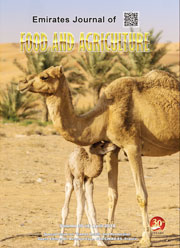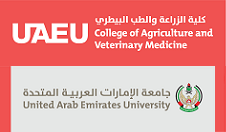INFLUENCE OF INFLORESCENCE EXPLANT AGE AND 2,4-D INCUBATION PERIOD ONSOMATIC EMBRYOGENESIS OF DATE PALM
Keywords:
Date palm, Inflorescence, Micropropagation, Embryogenesis, Phoenix dactyliferaAbstract
The objective of this study was to determine the appropriate growth stage of inflorescence (spathe) explants among different cultivars of the date palm (Phoenix dactylifera L.) and to define the optimum period of incubation on high-auxin medium. Inflorescence explants were excised from seven Pakistani cvs. at different growth stages and cultured on a basal MS medium containing 100 mg l-1 2,4-D for 3, 6 and 24 weeks (Batches I, II and III) before being transferred to 10 mg l-1 2,4-D medium. The cultures were incubated at 25 ± 2°C in the dark and transferred onto fresh culture medium every 3 weeks. Results revealed that spikelet explants isolated from different cultivars with the same length were not necessarily at the same stage of development. Length varied according to cultivar, time of excision, location of the inflorescence in the crown and location of the spikelets in the inflorescence. Accordingly, the response differed among the cultivars tested. After 24 weeks from initial culture, some Batch II explants produced only unfriable callus and embryos. On the other hand, explants comprising Batches I and III failed to induce organs even after 42 weeks (14 subcultures); instead they turned blackish brown. Multiple somatic embryos were subjected to proliferation at the multiplication stage. Individual shoots were rooted and successfully transplanted in the greenhouse with about 90% survival.






 .
. 